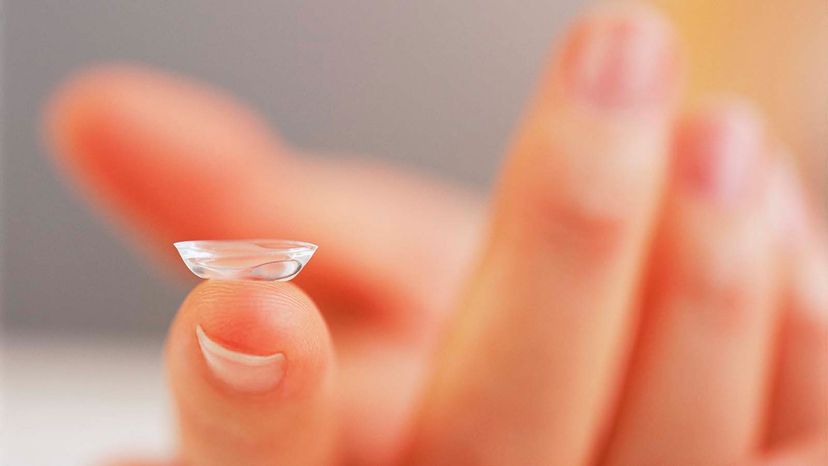 “The bacteria in wastewater weakens discarded contact lenses, allowing them to break down into microplastics, which pass through treatment filters and into the world’s oceans. Tom Grill/Getty Images
“The bacteria in wastewater weakens discarded contact lenses, allowing them to break down into microplastics, which pass through treatment filters and into the world’s oceans. Tom Grill/Getty Images
When you’re done with your soft contact lenses, please don’t send them swirling down the drain. And don’t flush them down the toilet.
Why not? Because if you’ve ever watched "The Lion King" movie, you know there’s a circle of life. And those contact lenses could just circle back and cause a problem.
Because they’re so small and flexible, they can slip through wastewater filters at sewage plants and head out to sea, according to Arizona State University researchers. The little bits of plastic also fragment into microplastics, joining an estimated 268,940 tons of the stuff turning the ocean into a garbage dump and ending up in the stomachs of sea creatures and harming coral reefs.
We know this because the scientists at Arizona State’s Center for Environmental Health Engineering wondered where contact lenses go when they are discarded. They surveyed 139 contact lens wearers, finding that 15 to 20 percent flushed them away. The researchers soaked the lenses in wastewater and found that bacteria weaken them, allowing them to break down into microplastics. With 45 million people in the United States wearing them, that’s a lot of plastic going down the pipes.
The good news is that there is an easy way to fix the problem. Contact lens wearers can simply throw used contact lenses into the trash to keep them from going into the water treatment system. And some manufacturers are starting recycling programs that let you take the used lenses to an optometrist’s office or mail them in to a recycling program.
And while you’re at it, you can keep the oceans clean by skipping single-use plastics altogether, particularly straws, Q-tips and grocery store plastic bags.
"The primary way [to keep plastics out of the ocean] is by stopping the flow from land to sea," environmental scientist Marcus Eriksen told wellandgood.com.
Now That’s Disturbing
Plastic pollution in our marine environmentis occurring on a staggering scale, with 10 million tons (9.5million tonnes) of new plastic waste flowinginto the ocean each year, causing devastating destruction to ourplanet’s biodiversity and fragile ecosystems.


